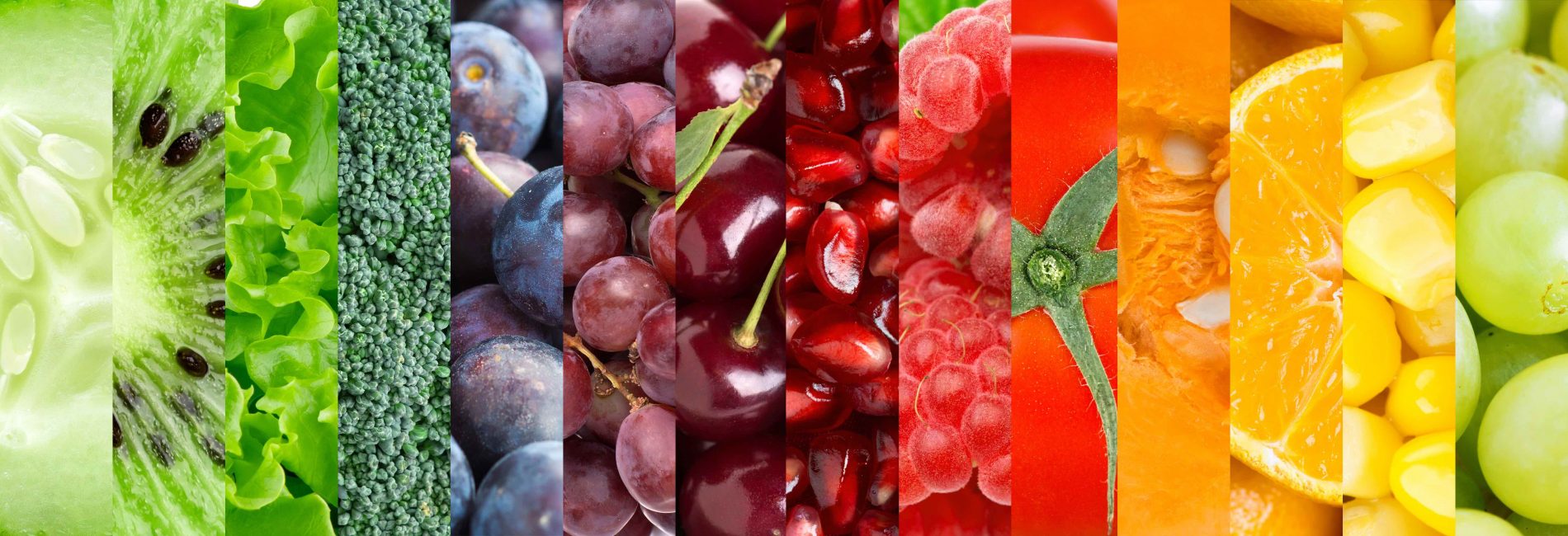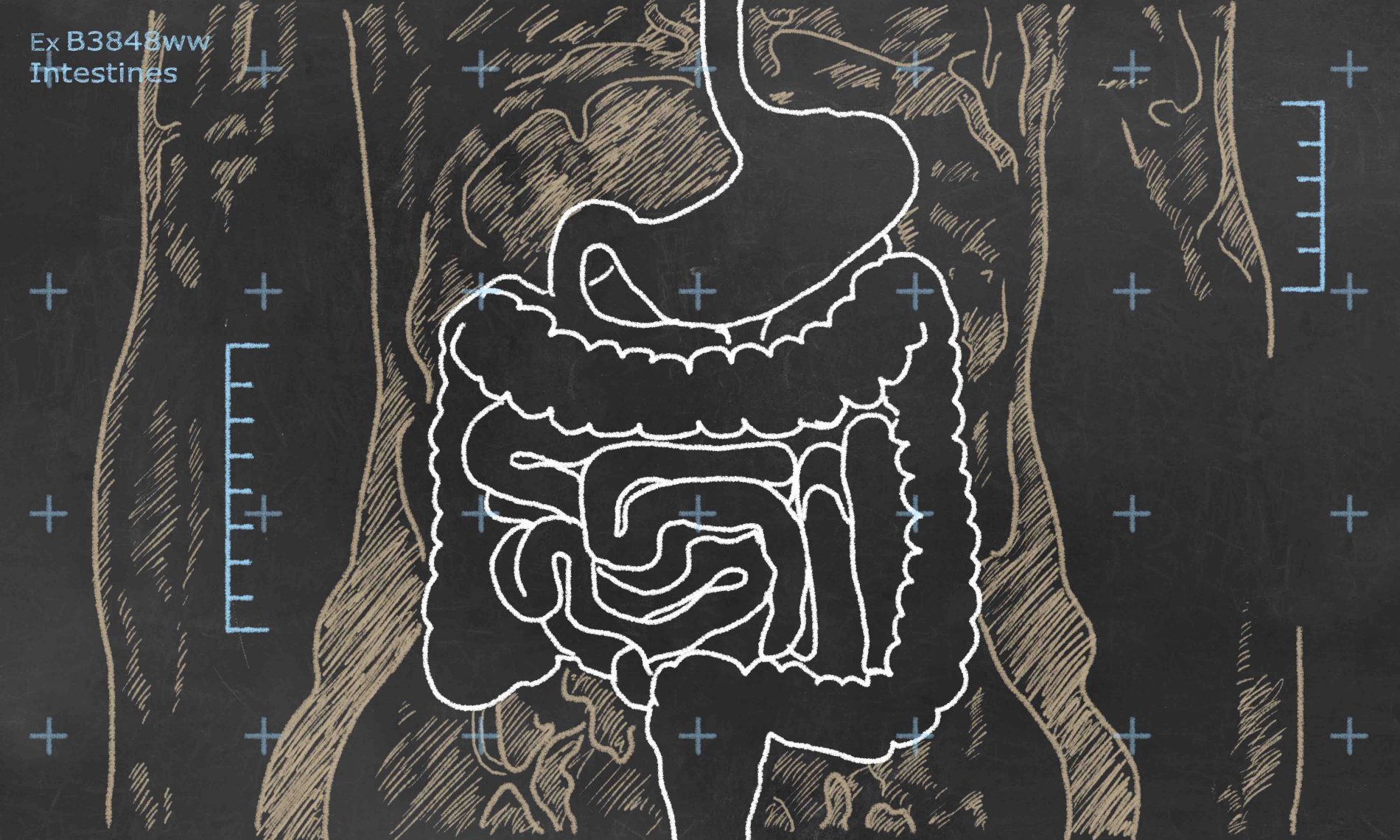Brain function and brain health has become a popular subject in the last decade. This is likely due to the noticeable rise in neurodegenerative disorders like dementia and Alzheimer’s. As such, people’s interest in taking control of their cognitive health has also increased.
Brain health has also become a widely popular topic in the world of sports and recreation. Since concussions are now recognized to have significant short and long term impact on injured players.
The fact is, unless you have neurodegenerative disorders in your family or have experienced a head injury, you probably won’t start thinking about your brain’s health until you start noticing symptoms such as;
Here’s the thing, the longer you wait to take action, the worse the problem can become.
You really should start thinking about your brain’s health today! Look at taking preventative measures rather than waiting for signs of cognitive decline to appear.
So, how exactly do you keep your brain healthy? There are many simple ways to improve brain function and keep your mind sharp. Some of which you may already be doing!
5 Tips To Help Keep Your Brain Function In Tip-Top Shape
1. Exercise Daily
Exercise has a whole host of benefits for your mental and physical health. Endorphins released during exercise work wonders warding off depression and bolstering the immune system.
Physical fitness also has been shown to increase mental sharpness as people age. Especially past the age of 40. Daily exercise helps maintain acuity in the prefrontal cortex of the brain, which is responsible for judgement and decision making.
2. Try To Go Keto!
Yes, the foods we eat do have an impact on our mental and cognitive health. Research shows that consuming a diet high in healthy fats and low in carbohydrates (known as a ketogenic diet) helps promote brain health by pushing your body into a fat-burning state, creating what we call ketones as a by-product.
Ketones are a very efficient and sustainable source of fuel for the body and the brain. Burning mainly sugar (carbs) as fuel creates inflammation in the body and the brain while ketones are said to be a much “cleaner” fuel. A keto-adapted individual will experience less brain fog, less memory trouble and better focus.
Click here to read, “Keto For Dummies – Beginners Guide For Keto”.
3. Get Enough Sleep
The fog of exhaustion will cloud your mental ability. Our brains store daily memories while we sleep. You need rest in order to remember even mundane details of daily life. You might even consider taking a short nap after learning something new or important, to help store it in your long-term memory.
Sleeping less than six hours a night has been shown to decrease mental sharpness even after one night. I am sure if you have young kids, you know exactly what I am talking about. What’s more, good quality sleep has also been shown to help the brain detoxify, which is crucial for keeping the brain healthy and sharp.
4. Flex Your Mental Muscles
You can improve your logic, problem solving, mental orientation and corrective thought process by working on puzzles and doing difficult mental tasks. For instance, start doing crossword puzzles. Studies show that older people who do crossword puzzles have better scores on a variety of cognitive tests than those who don’t.
To be fair, researchers aren’t sure if the puzzles cause better mental ability or if people with better mental ability tend to do more crossword puzzles. Nonetheless it can’t hurt to try! Don’t like puzzles? Try memorizing your friends’ and family’s phone numbers and birthdays.
5. Express Yourself Creatively
Creativity has more than one advantage when it comes to keeping your mind sharp and keeping a positive attitude. Creativity forces you to think and flex your mental muscles! The results of creative work have been shown to reinforce self-confidence and help individuals enjoy their daily life. Try your hand at;
- Writing poetry
- Sewing
- Taking up a musical instrument
- Gardening
- Painting
If you don’t feel artistic or creative, baking or writing in a journal are other great ways to express yourself. Try applying creative approaches to daily tasks like shopping on a budget or creating a new recipe with limited ingredients. Keep a good attitude about your ability to find solutions in everyday situations.
Your brain is an extraordinary machine, and although there is still a great deal we do not know about it, it doesn’t stop us from wanting to expand its capabilities. Don’t blame age for declining cognitive abilities. Instead, test out some of the methods listed above and keep your brain sharp!
Dr. Nathalie Beauchamp, B.Sc,. D.C.
Dr. Nathalie Beauchamp, B.Sc., D.C. is an Ottawa based chiropractor, a former professional natural figure/bodybuilder, a wellness consultant, lecturer and TV personality. She is the co-author of the published book—Wellness On The Go: Take the Plunge- It’s Your Life! and the author of the upcoming book Hack You Health Habits, scheduled to be released in the summer of 2017. She is the owner of Santé Chiropractic and Wellness Centre and the founder of the annual Ottawa Wellness Expo a community based event that gathers over two thousand people in Ottawa each year. Dr. Nathalie’s mission is to lead, educate and empower people to be the healthiest and best versions of themselves.





 Dr. Lesley Evans is a chiropractor in Kitchener, Ontario. She is the co-owner of Bruce Street Family Chiropractic, alongside Dr. Adam Brookes. She graduated from Canadian Memorial Chiropractic College, located in Toronto, Ontario. Dr. Lesley is passionate about helping others live the best quality of life that they can through chiropractic care and lifestyle choices.
Dr. Lesley Evans is a chiropractor in Kitchener, Ontario. She is the co-owner of Bruce Street Family Chiropractic, alongside Dr. Adam Brookes. She graduated from Canadian Memorial Chiropractic College, located in Toronto, Ontario. Dr. Lesley is passionate about helping others live the best quality of life that they can through chiropractic care and lifestyle choices.

 “Chiropractic is my life. The Principle of Chiropractic has changed the person who I used to be. The way I think, the way I care for myself, the way I care for my family, the way I eat, and the outlook that I approach every day with.
“Chiropractic is my life. The Principle of Chiropractic has changed the person who I used to be. The way I think, the way I care for myself, the way I care for my family, the way I eat, and the outlook that I approach every day with.

